Inside the Cavalli club
Now one of the things I learn my students is that they should be “able” to shoot good images in almost any situation you get, of course even in tight/standard spaces. However for my small flash workshop I had a location that was far from “standard”, actually maybe straight the opposite.
During this workshop it was key to explain how to setup the lights to mix nicely with the ambient light. During the first 2 hours there normally is theory, after this it’s a 15 minute lunch break after which we would go to the location… and in this case it was a very interesting location…. “The Cavalli bar” and yes you guessed it correctly it’s the club from Roberto Cavallali, now sometimes words just are too limited, but let me try….nah…… let’s just say it’s an awesome location.
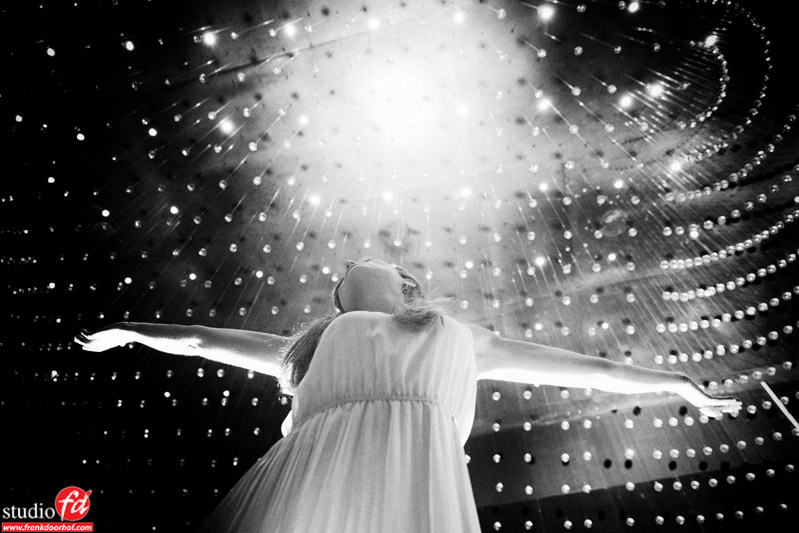 The only problem with a location like this is that there is way too much to shoot and when you don’t concentrate you’re gonna miss a lot, so during the first part I will explain the students the techniques to look around and set the lights (and of course do some test setups), after this the group is divided into 2 groups (in this case the boys against the girls). Both groups will be assigned to a model and they will get a max of 40 minutes to create some images, if you work hard it can be done in 5-15 minuten. BUT you have to do it as team, otherwise it will not work.
The only problem with a location like this is that there is way too much to shoot and when you don’t concentrate you’re gonna miss a lot, so during the first part I will explain the students the techniques to look around and set the lights (and of course do some test setups), after this the group is divided into 2 groups (in this case the boys against the girls). Both groups will be assigned to a model and they will get a max of 40 minutes to create some images, if you work hard it can be done in 5-15 minuten. BUT you have to do it as team, otherwise it will not work.
There is a catch however.
I will be using a model in the same fashion as the students and later on we would check the images next to each other. The reason this part is only 40 minutes has been done to make sure that everyone gets their chance to shoot but we don’t miss too much from the workshop. The nice thing about this method is that you can very quickly see which people can work as a team and who can’t, and you probably already know that working as a team is of vital importance for a good fashion/photo shoot.
The nice thing is also that you can very quickly see the different ways of “looking”.
In most workshops the teacher sets up the lights and the teacher shoots and the students imitate, now this is very populair and I also teach those workshops, but I always like it a bit more to “push” my students to their max and then see what they would need to improve. And especially with small flash this often shows very quickly. By letting them setup the strobes themselves you can very quickly see if someone for example always ends up with flat light, too much/too little strobes etc. After this I can use these topics in the workshop.
What I loved to do in this location is shoot rather wide but wide open and that way the background with all the “crystals” goes into a beautiful Bokeh.
Now when you work in locations like this (or any other) it’s important to first find out what the client wants, and after that make sure that you also get something for your portfolio of course (and for your team), but most importantly start to see options and compositions in which you not only show the model her/himself but also the surroundings.

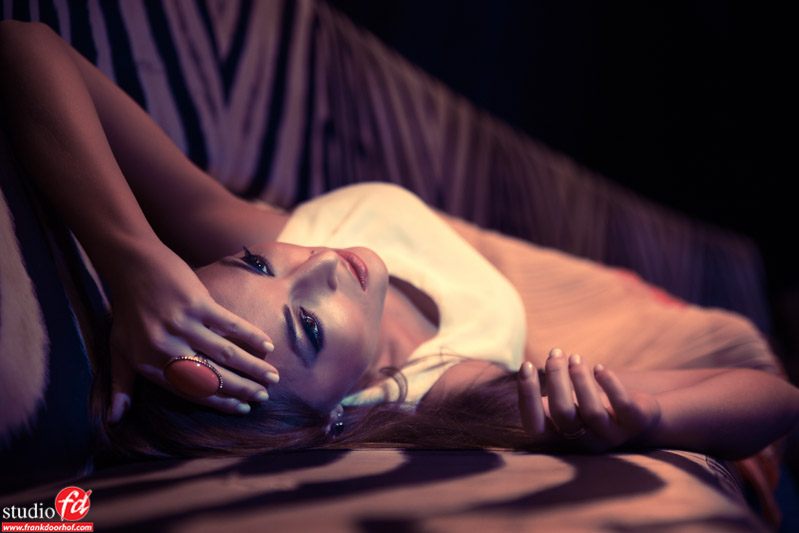
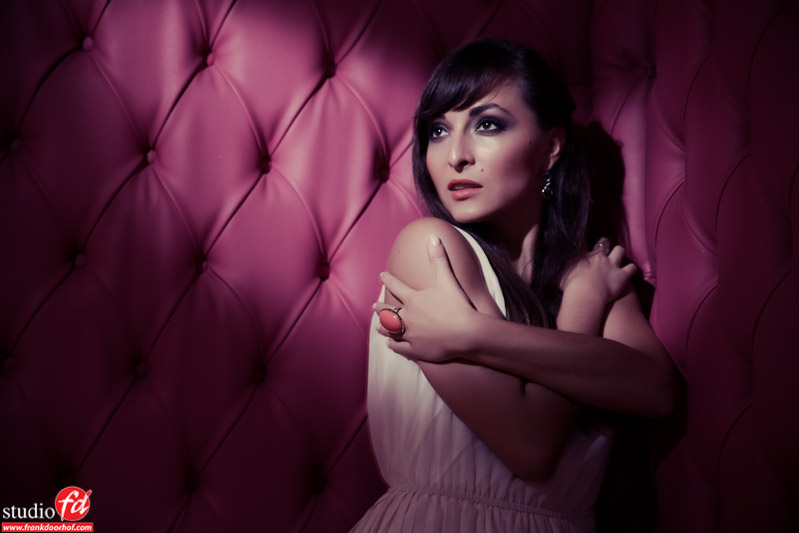

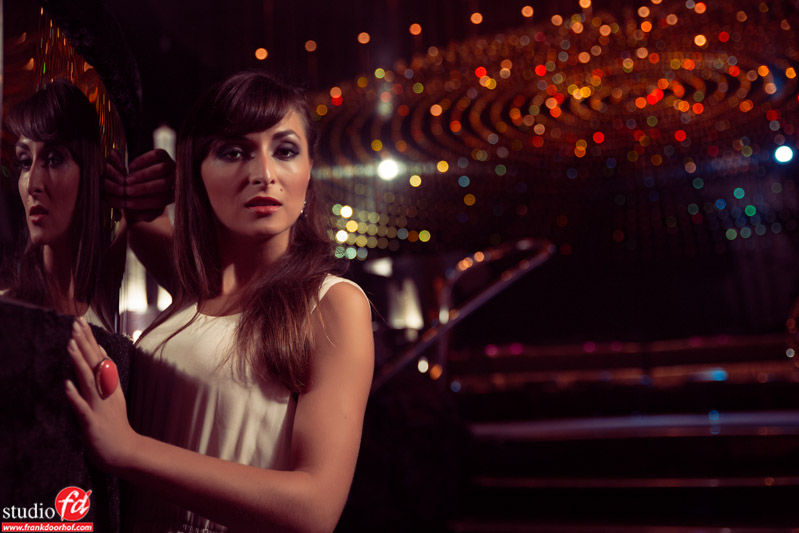
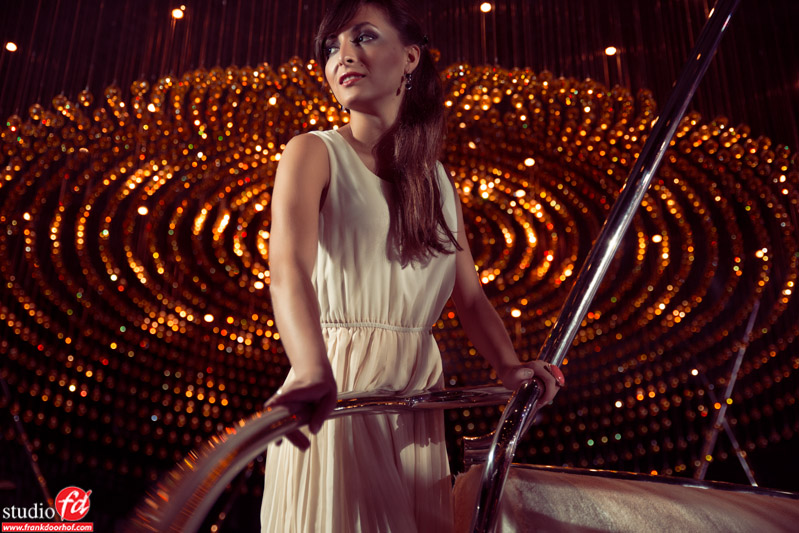

Hi Frank,
My experience is that a female group looks and shoot different compared to a male group without judging in terms of good and bad. I find that always very interesting to see and to learn from.
Do you have the same experiences? If yes can you show us some photos from this workshop?
Thx
It depends per country and per group.
Often the women are a bit more creative and more relaxed and work better together. But that’s just my opinion 😀
The images in this blogpost are from the workshop (shot by me) the images from the students are not in yet.
I look forward to seeing the images from the students.
Can you do us a favor? Separate the shots into the two groups (the boys group and the girls group), but DON’T tell us which group is which.
Instead, have us GUESS first which group was shot by the boys, and which group is shot by the girls.
thanks in advance.
I don’t think we’re gonna show the images from the students, sorry. Those are private for the students themselves.
Awesome shots !
Frank … Here you show us a variety of poses and “looks”. In posing, how important is the tilt angle of the model’s face (chin up or chin downwards)?
the angles in poses are incredibly important, sometimes just a little tilt can break or make a shot.